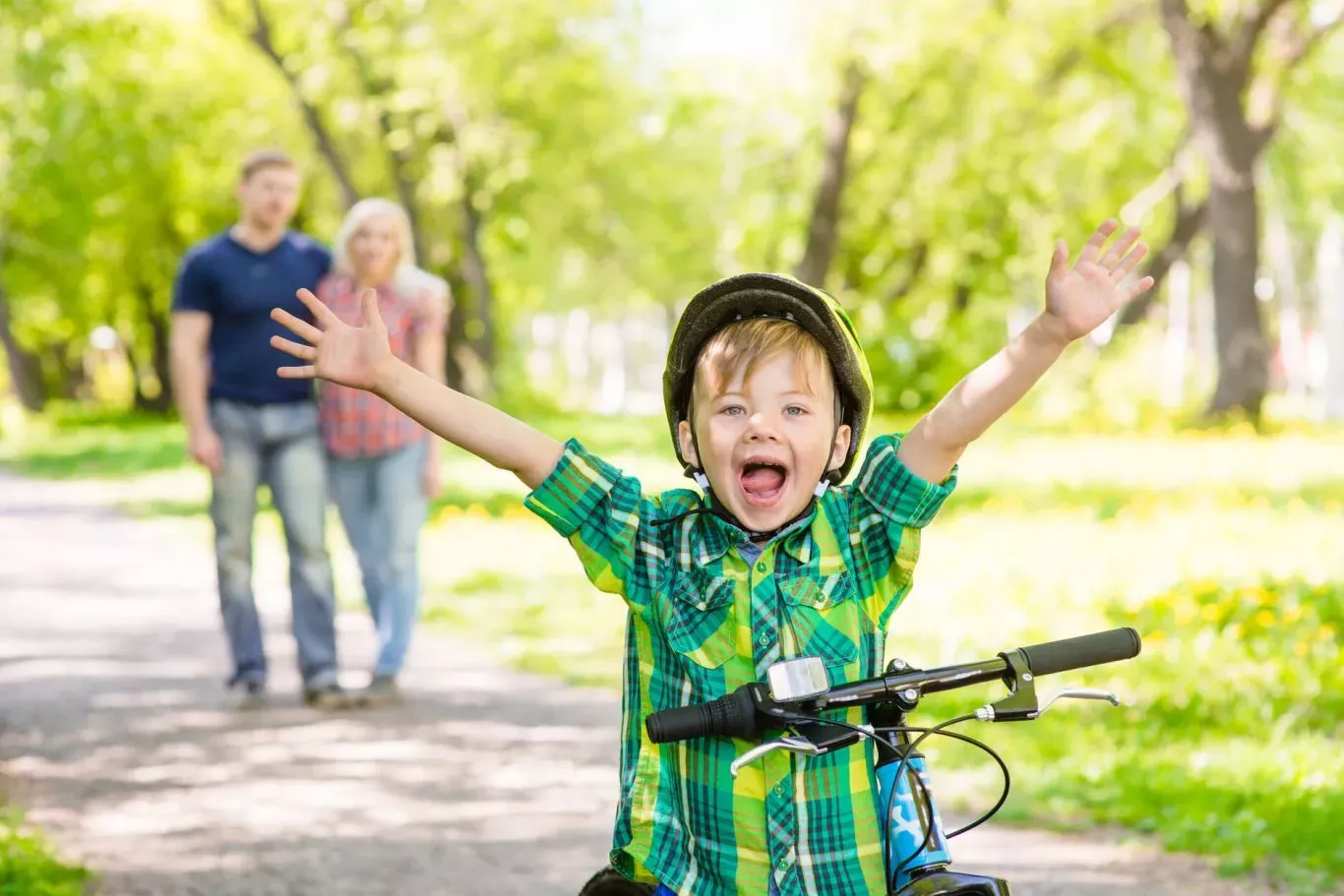
Neuroplasticity in education: the impact on the learning process
Neuroplasticity in education is the key ingredient that helps young children quickly unlearn negative habits and replace them with more positive ones.
Neuroplasticity in education is the key ingredient that helps young children quickly unlearn negative habits and routines and replace them with more positive ones.
In the past, the brain was considered an organ that, once fully developed, became passive and unable to evolve. But what we know about the brain is that this incredible organ is constantly changing. More recent neuroscience research has debunked these myths and shown that the organ that controls our thoughts and emotions is in a perpetual state of transformation throughout our lives. Studies show that it is possible to prevent the deterioration of intellectual capacity and learn effectively even in old age. The key word is neuroplasticity - the ability of the brain to develop and recalibrate itself according to each thing we take in. Neuroplasticity is the forming and reforming of neural pathways and is most constant and rapid during the first five years of life.
How elastic is your brain?
Our brains are not static. By constantly overcoming obstacles and practicing new skills, we build new neural pathways every day that increase our intelligence and help us evolve. Learning accompanies us throughout our lives, and neuroplasticity in education is really important. Thanks to neuroplasticity, we can retain information and learn skills through effort, practice, and perseverance.
Our brain easily follows a pattern it has followed in the past. This means that the solutions we have found are stored in our brain and it will be easier and easier for us to solve the same task in the future. An example of this is the process by which we learned to ride a bicycle. It took effort and perseverance, but the more we practiced, the easier it became.
George Bernard Shaw said that “Those who cannot change their minds cannot change anything”
Anatomy of an adaptable brain
Children who discover that intelligence is fluid and that their performance depends on the mentality they have, become more ambitious. When youngsters understand what neuroplasticity in education is and how their brains are transformed by the things they learn, their perception of their own potential changes. It becomes easier for them to develop a growth mindset and they understand that mistakes are learning opportunities. Their attitude towards challenges and obstacles modifies. When children fail they will feel discouraged and sad. However, if they understand the role of neuroplasticity in education, these feelings of helplessness will be diminished.
Teachers and parents have a significant role in training children to develop an open mind, stimulate their perseverance, and encourage them to achieve their dreams. The elasticity of our brains enables us to adopt new ideas and ways of doing things if we simply make a start, whether it’s new technology or just a new route to work. This means that even the most change-adverse organizations can reinvent because we’re not only capable of change, but actually wired for it.
How does the brain facilitate learning?
Our brains continuously draw on this knowledge base to create simple solutions to complex problems. Knowledge provides the building blocks for innovation, which is the number one priority for many enterprises.
Learning is a physical process in which new knowledge is represented by new brain cell connections, and for that neuroplasticity in education has an important role. The strength and formation of these connections are facilitated by chemicals in the brain called growth factors. We now know from neuroscience that the availability of these growth factors can be enhanced.
When we learn something new, different networks of neurons are activated in our brain. These connections are created, grow and change as we discover, practise or look at a problem from a different angle. In the early years of life, the structure of a child's brain is in a perpetual and dramatic transformation.
Through neuroplasticity, the brain's functional network is constantly adapting to the environment. When one area of the brain is damaged, other areas of the brain can take over functions that the damaged areas can no longer perform.
How do teachers shape children's minds?
Teaching students the concept of neuroplasticity in education is a common tactic in helping kids develop a so-called “growth” rather than “fixed” mindset. On average, such interventions improved students’ motivation, they particularly benefited students and subjects which prior studies have shown are at high risk of developing a fixed mindset.
Neuroplasticity-focused activities have a powerful impact in education because they teach children that through effort and perseverance they can always improve their performance in any aspect of their lives. They develop children's perseverance and love of learning, qualities that are essential for success in life.
- Multisensory learning involves all the senses (taste, smell, sight, hearing and touch) to help pupils interact in more ways with what they want to learn. Trips, experiments, involving everyday objects in the learning process, active exploration - these are some examples of sensory learning. (You can find out more about active learning here.)
- Play-based learning is the creation of activities where learners solve problems through play. In an environment that encourages exploration and discovery through play, competition and collaboration increase. You can learn more about learning through play here.
- Stories are a great way to help students really understand the content of a lesson. Stories add value to the learning process, make us reflect on emotions and allow room for the fascination with which children view the world.
- Emotions are the glue that brings ideas together and imprints them in our memory. Personal content allows students to approach new concepts at a deeper and more intrinsic level and to weld their relationships with peers and teachers.
- Visual and physical connections make learning accessible to students. They reference prior knowledge and develop new connections as we are exposed to new information. Charts, tables and diagrams are valuable tools in the learning process.
- Segmenting and organizing information into categories makes lessons easier to understand and assimilate. This method has an even greater impact when students create the categories and divide them according to their logic.
Neuroplasticity in education is essential. Every new thing we learn, every new place we visit, every step we take out of our comfort zone helps us evolve, makes us more creative and brings us closer to our goals.
How technology helps you cultivate a growth mindset and provide a healthy role model for students and for your own children
A growth mindset gives you a lifelong advantage because it is synonymous with professional and career development. As teachers and parents, we are the ones to provide our children with a model of continuous growth. One of the areas where our example can have an impact is the very relationship with technology. The way we use digital should be balanced, pragmatic, free from pathos, fear and anxiety.
At Kinderpedia, we've built a comprehensive and intuitive digital tool that helps teachers save between 6 and 9 hours a week of their administrative time. We allow them to channel their efforts where they matter most - towards the particular needs of each child. We help schools and kindergartens work smart and communicate efficiently with families. We support them in creating a dynamic and connected classroom, and automating financial activity.
Interested to discover how Kinderpedia can help your school or kindergarten? Schedule a demo for your team with one of our specialists.

Kinderpedia
The complete communication and management solution for schools and childcare centres.
Simplifies teachers' work and brings parents closer to their children's school progress.
Recommended articles
Want to improve your center quality? Kinderpedia is here to help! Not only do we provide thousands of informational content pieces like blog posts, podcasts, webinars and more, we are also makers of the #1 Rated and Reviewed Childcare Software.







